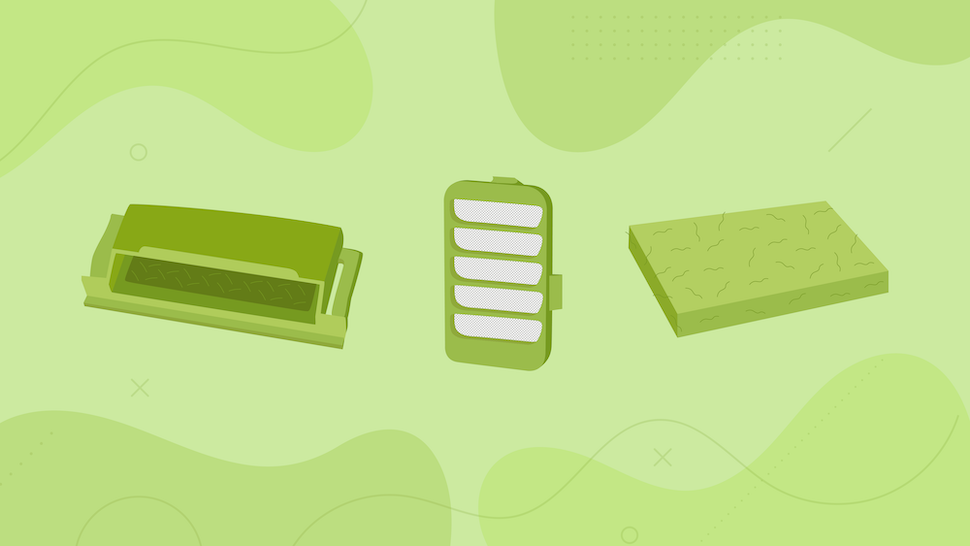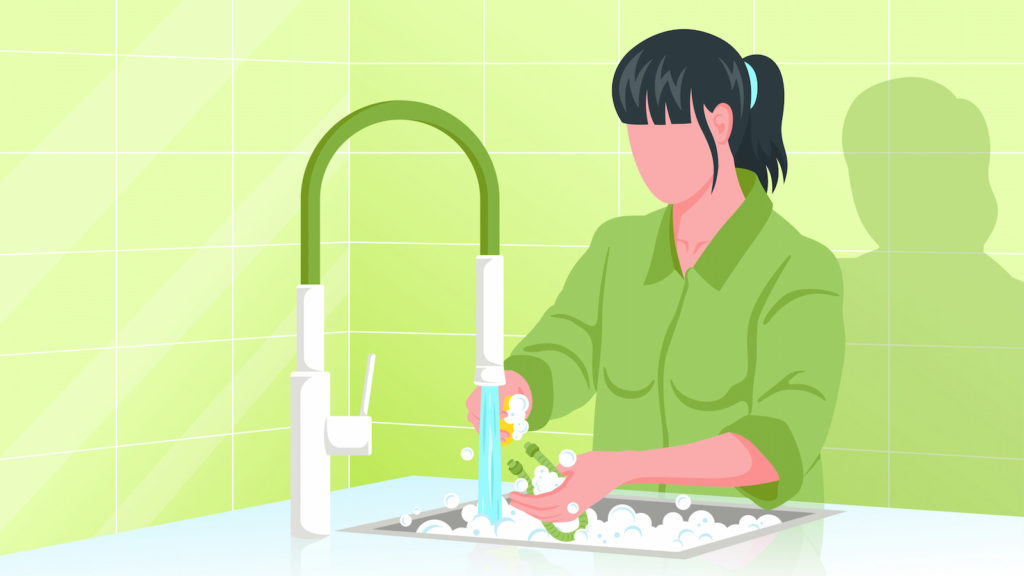Looking at the best practices and recommendations for using CPAP machine filters
Outside of the software adjusting settings and monitoring your therapy, CPAP machines are surprisingly simple.
There are a few moving parts and only a handful of components.
But even the smallest of details become essential when things are this simple.

CPAP filters are a perfect example of this.
While they don’t move around and easily fit in the palm of your hand, failing to keep up with your filter maintenance or using the wrong filter can drastically impact your CPAP machine’s performance.
This guide will look at the essentials of CPAP machine filters—including the common types used and recommended filter maintenance—to help you get the most out of your PAP therapy and ensure long-lasting performance and safe operation of your CPAP equipment.
What Are CPAP Machine Filters?
The name gives a good summary of their function. However, the specifics can vary a little between machines.
They typically come in one of two styles:
- Disposable CPAP filters: These filters are designed to be removed and thrown out regularly.
- Reusable CPAP filters: These filters are designed to be rinsed and reused multiple times before you replace them.
Neither design is superior to the other, with both providing excellent filtration for the air entering your CPAP machine and, eventually, pumping through the CPAP tubing and into your lungs.
Some machines will use both filter types together, taking advantage of the benefits of each design while minimizing weak points.
However, they will offer different service lives before replacement and maintenance requirements.
Both designs are typically made using woven fibers or foam that will help to trap airborne contaminants, including dust, dander, pet hair, smoke, dust mites, and pollen.
Some models can filter viral loads and bacteria and are sometimes labeled hypoallergenic CPAP filters.
However, if you require this level of filtration, be sure to confirm in the product specifications that the filter you plan to use can do this.
In some cases, these specialized filters are used in addition to your standard filter and feature an in-line design for added efficiency.
Before purchasing an in-line filter, check compatibility with your tubing and machine models.
For example, some APAP machines will have issues regulating pressure levels with an in-line filter.
What Do CPAP Filters Do?
Obviously, they filter the air passing through your machine. But what does this mean in terms of function?
The effects are twofold.
The most noticeable impact will be for you—the user.
Filtered air will be less irritating, less likely to trigger seasonal or environmental allergies, and can exhibit less odour depending on the filter and its age or contamination levels.

Filters can also affect your CPAP machine’s mechanical operation.
This can happen in multiple ways.
Perhaps the most important way is through restricting airflow.
As a filter gets dirty and collects contaminants from the air, this builds up in the fibers or pores of the filter.
If this gets dirty enough, it can block airflow enough that the blower in your CPAP machine has to work harder to maintain the pressures needed for your prescription or—in extreme cases—may fail to deliver adequate pressure.
In the meantime, this is also causing undue stress to the blower, increasing the risk of failure and likely making the machine run louder.
Dirty filters also increase the chances of contaminants making it through to the internal passages of your CPAP machine and maybe even your tubing, CPAP mask, mouth, nasal passages, or lungs.
Regardless of where these particles end up, the idea of them settling and causing buildup is probably unsettling.
Avoiding Complications Through Optimal Filter Maintenance
While regular maintenance is vital in keeping many parts of your CPAP equipment running smoothly and avoiding illness or discomfort, it’s crucial with your CPAP filters.
Yet, because you never really interact with them or look at them outside of your regular maintenance, it’s easy to forget them or neglect them for a little too long.

Fortunately, keeping filters clean and working optimally is easy.
We’ll provide steps for both reusable and disposable filters below.
If you’re unsure which types of filters your machine uses, be sure to consult your CPAP machine’s manual for more information.
Cleaning and Maintenance of Reusable CPAP Filters
You should clean most reusable machine filters weekly.
In most cases, a good rinse with warm water is enough.
However, if there is stubborn build-up, you can also use mild soap. Just be sure to rinse thoroughly.
Once you’ve rinsed your filter, squeeze any remaining moisture out and allow it to dry completely before inserting it into your machine again.
If you live in a particularly humid or cool environment where air drying might take a while (or you’d simply like a little more flexibility), consider buying multiple reusable CPAP filters.
They’re quite affordable, so owning multiple filters means you can swap a dry one in while the freshly-cleaned one dries and not worry about moisture levels.
Non-disposable CPAP filters will last multiple cycles.
However, eventually, the foam will degrade, and you’ll need to replace it.
In most cases, you should count on disposing of and replacing your replaceable foam filters after approximately three months of use.
If you feel the foam has degraded before then, you can replace them more often.
But you should avoid stretching a filter’s service life too far.
Not only can degraded foam fail to capture contaminants in the air, but it might also eventually begin to fall apart, creating contaminants of its own!
Cleaning and Maintenance of Disposable CPAP Filters
You shouldn’t clean disposable filters. Instead, you dispose of them and replace them with a new filter.
This means it’s important to keep multiple filters on hand, so you’re never caught without one when it’s time for your disposable filter maintenance.
Removing the filter will vary based on the model of the CPAP machine you’re using.
So consult the manual for details.
They usually slot into the device in a dedicated slot or door.
Disposable CPAP filters should be replaced every month when possible.
However, if you live in a particularly dusty environment, have thick carpets in the room with your CPAP, have pets in the home, smoke, use a wood-burning fireplace, or are prone to seasonal allergies, you might find that replacing your filters more often can help with comfort and machine performance.
If you’re unsure, you can remove the filter from your CPAP machine to visually inspect how dirty it is.
Key Takeaways
- CPAP filters are used by all CPAP machines to remove contaminants, allergens, bacteria, or viral loads from the air circulating through your CPAP machine.
- Some filters are disposable and should be cleaned, while others are replaced more often and thrown out after replacement.
- Most filters are made of foam or woven textiles and can provide different levels of filtration.
- Failure to keep your filters clean can result in increased airway irritation, increased risk of illness, and reduced CPAP machine performance.
- Louder-than-usual operation or weakened pressure are often signs of dirty CPAP filters.
- You should clean reusable CPAP filters weekly by giving them a rinse with warm water and allowing them to dry thoroughly.
- Multiple filters will allow you to rotate them and provide additional time for drying in humid or cool conditions.
- You should replace disposable filters monthly.
- Dusty environments, thick carpets, pets, smoking, and wood-burning fireplaces can cause filters to accumulate contaminants quicker.
- Visual inspection is a simple way to know if you should replace your filter more often.
CPAP Supply stocks a range of in-line, disposable, and reusable CPAP filters for machines by most manufacturers to help you maintain your CPAP equipment and get the most from your PAP therapy. Call us today or browse our selection to find the perfect filters for your machine.
